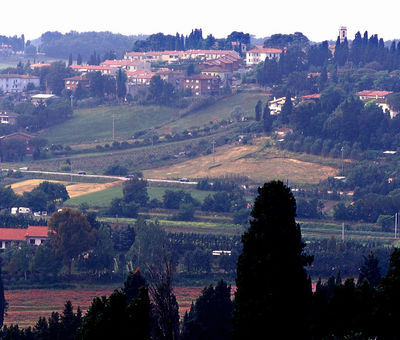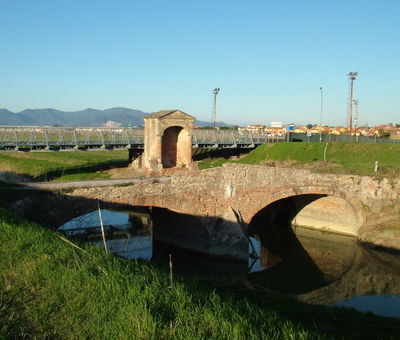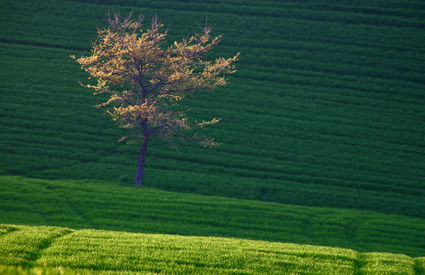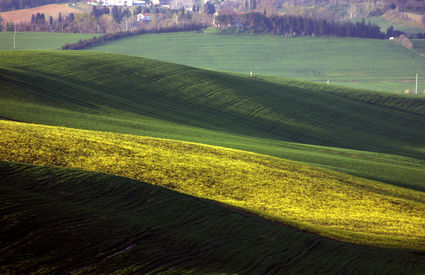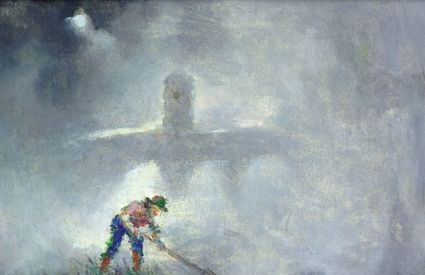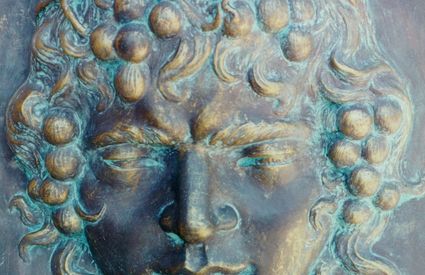A mystery in the woods
The shining sun that followed a recent heavy rain fall convinced Walter to spend a few hours wandering in the forest of Badia to look for mushrooms. He decided to take the street running from the centre of Collesalvetti to the Ponte Mediceo, before heading towards the path leading to an area rich in mushrooms, close to the ancient Madonnina di Badia. Walter was well-versed in Badia’s legend and mystery: it’s said that here, around the year 1200, there was a prosperous abbey called the “XII Apostles,” a congregation of religious people that followed a little-known doctrine and who lived in perpetual isolation. His attention was drawn to an unusual circular bit of white, a human skull with the eye sockets surrounded by thin but clear patches of flesh. Walter backed up a few steps, his thoughts flooded in a mix of emotions. He fled back up the riverbank of the Madonnina, anxious to get back to his car. Panicking, he headed straight to Piazza della Repubblica to alert the authorities. Looking around him, he saw the town hall’s clock tower, the bar, the faces of people he knew, his panic slowly dissolving.
Along the River Tora
One day, Walter brought me to a stream barely 30 kilometres long. He told me that it was once very important for the town’s economy and how it was a nice place to send your free time. Its history, my friend tells me, can be traced to the time of the Grand Duchy of Tuscany, when the Medici had a factory built at the top of the hill. The factory enlarged the land all the way to the Tora’s river plain. And so, a bridge was built to connect the two banks. The river, through a deviation, fed the huge head race of the Grand Duchy’s Mill. Every year, the head race is emptied and cleaned: that day, there was a real haul, there was fish for everyone!


